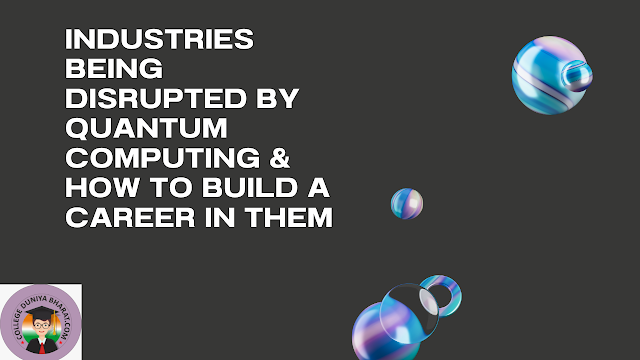What is Synthetic Biology Engineering?
What is Synthetic Biology Engineering?
Synthetic Biology Engineering is an interdisciplinary field at the intersection of biology, engineering, and computer science. It focuses on designing, constructing, and modifying biological systems and organisms with precision—much like engineers design machines or software. The goal is to create standardized, predictable, and programmable biological parts and systems that can perform specific tasks, such as producing medicines, cleaning up pollution, or generating sustainable fuels.
Understanding Synthetic Biology: A Fusion of Life and Design
Traditional biology has long been about understanding life—studying how cells function, how DNA encodes proteins, and how organisms evolve. Synthetic biology, however, goes a step further. It involves reprogramming existing organisms or creating entirely new biological systems by combining engineering principles with genetic components. In short, it treats biological systems like engineering platforms.
At the core of synthetic biology is genetic engineering, but it builds upon it by making the process more predictable, scalable, and modular. Scientists use standard biological parts—like genetic “circuits” or “modules”—that can be reused in multiple organisms. Just as electrical engineers use resistors and transistors to build circuits, synthetic biologists use promoters, ribosomes, enzymes, and other DNA elements to construct genetic programs.
The Role of Engineering in Synthetic Biology
Engineering is what truly transforms synthetic biology into a design-driven discipline. Here’s how:
-
Design and Modeling:
Engineers use computational tools and mathematical models to predict how biological systems will behave. Before synthesizing a DNA sequence, it's often simulated in silico (in a computer) to avoid costly experimental errors. -
Modularity and Standardization:
Similar to hardware or software design, synthetic biology relies on standardized DNA components (like BioBricks) that can be easily assembled and reused in different contexts. -
Automation and High-Throughput Testing:
Labs use robotic automation to assemble DNA, grow cells, and test biological functions at scale. This allows for rapid prototyping, similar to agile development cycles in tech. -
Feedback and Iteration:
Synthetic biology engineering follows a "design-build-test-learn" cycle, refining biological designs based on observed results, just like in engineering disciplines.
Applications of Synthetic Biology Engineering
Synthetic biology is unlocking innovations across multiple sectors:
-
Healthcare:
Engineered bacteria and cells are being used to produce vaccines, antibiotics, and even personalized cancer therapies. CRISPR-based gene-editing tools are a product of synthetic biology. -
Agriculture:
Crops are being engineered for improved resistance to pests, drought, and diseases. Microbes are also being designed to fix nitrogen more efficiently, reducing the need for chemical fertilizers. -
Environmental Solutions:
Synthetic organisms can be used to degrade plastic, remove toxins from polluted water, or capture carbon dioxide from the atmosphere. -
Industrial Biotechnology:
Yeasts and bacteria are being engineered to produce biofuels, biodegradable plastics, and chemicals traditionally derived from petroleum.
Read More
Careers and Skills in Synthetic Biology Engineering
Synthetic biology is a booming field, with startups, research labs, and large biotech companies actively hiring. Key roles include:
-
Synthetic biology engineers
-
Genetic circuit designers
-
Computational biologists
-
Bioprocess engineers
-
CRISPR and genome-editing specialists
To enter this field, a background in biotechnology, molecular biology, bioengineering, or computer science is helpful. Skills in programming (Python, R), molecular cloning, lab automation, and bioinformatics are also valuable.
Ethics and Future Considerations
With great power comes responsibility. Synthetic biology raises ethical questions: What are the risks of releasing modified organisms into the environment? How do we prevent misuse in biosecurity contexts? Regulatory frameworks and ethical discussions must evolve alongside the technology.
Conclusion
Synthetic Biology Engineering is reshaping our relationship with the living world. By applying engineering principles to biology, we are not just understanding life—we are designing it. As the field matures, it holds the promise of solving some of humanity's most pressing challenges, from disease to climate change, while also demanding thoughtful governance and public dialogue.
.png)


.png)
Comments
Post a Comment